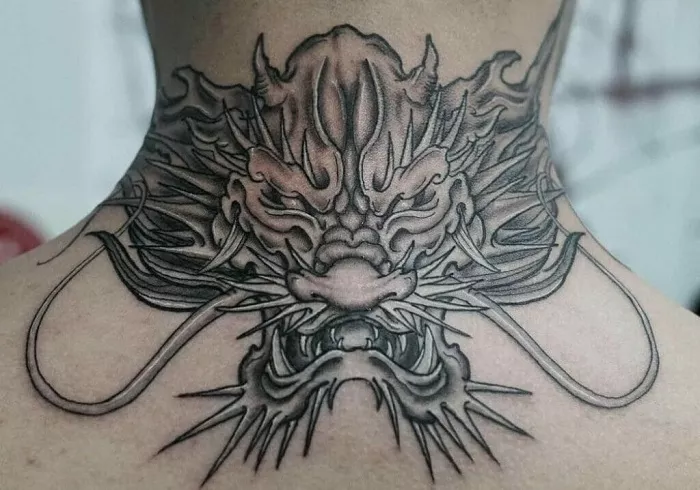An 800-year-old female mummy housed in an Italian museum for nearly a century has stunned researchers with a set of rare facial tattoos — shedding new light on ancient body art while raising even more questions about the woman’s identity and cultural origins.
The mummy, part of the collection at the Museum of Anthropology and Ethnography (MAET) at the University of Turin, was donated sometime before 1930. Until recently, little was known about her background due to a lack of documentation. But a new study published in the Journal of Cultural Heritage has sparked renewed interest.
Led by anthropologist Gianluigi Mangiapane, the international team of researchers used carbon dating and advanced imaging techniques to examine the remains. Textile fragments still attached to the body placed the woman’s death between A.D. 1215 and 1382. Her seated, tightly flexed burial position — paired with the condition of her remains — suggests a strong link to Andean funerary practices in South America.
Yet it was her tattoos that surprised the scientists most. Using infrared reflectography — a method typically used in art conservation to reveal hidden layers of paint — the team discovered faint, unusual markings: three parallel lines on her right cheek, one line on the left cheek, and an S-shaped design on her right wrist.
“These tattoos are extremely rare in both location and composition,” said Mangiapane in a statement to Live Science. “They may have had ritualistic or symbolic meanings, but without additional context, their purpose remains speculative.”
The composition of the ink, which is still under analysis, also appears to differ from other known tattooing materials of the period, raising questions about regional variations or trade influences in ancient tattoo practices.
While the study helps strengthen the case for the mummy’s South American origin, her exact cultural affiliation remains uncertain. Researchers hope further analysis — including isotopic testing and comparisons with other mummies from the region — may offer more clues about the woman’s life, social status, and the significance of her body art.
For now, her enigmatic ink continues to fascinate archaeologists and anthropologists alike — a silent but powerful testimony to a culture lost to time.
Related topics:

